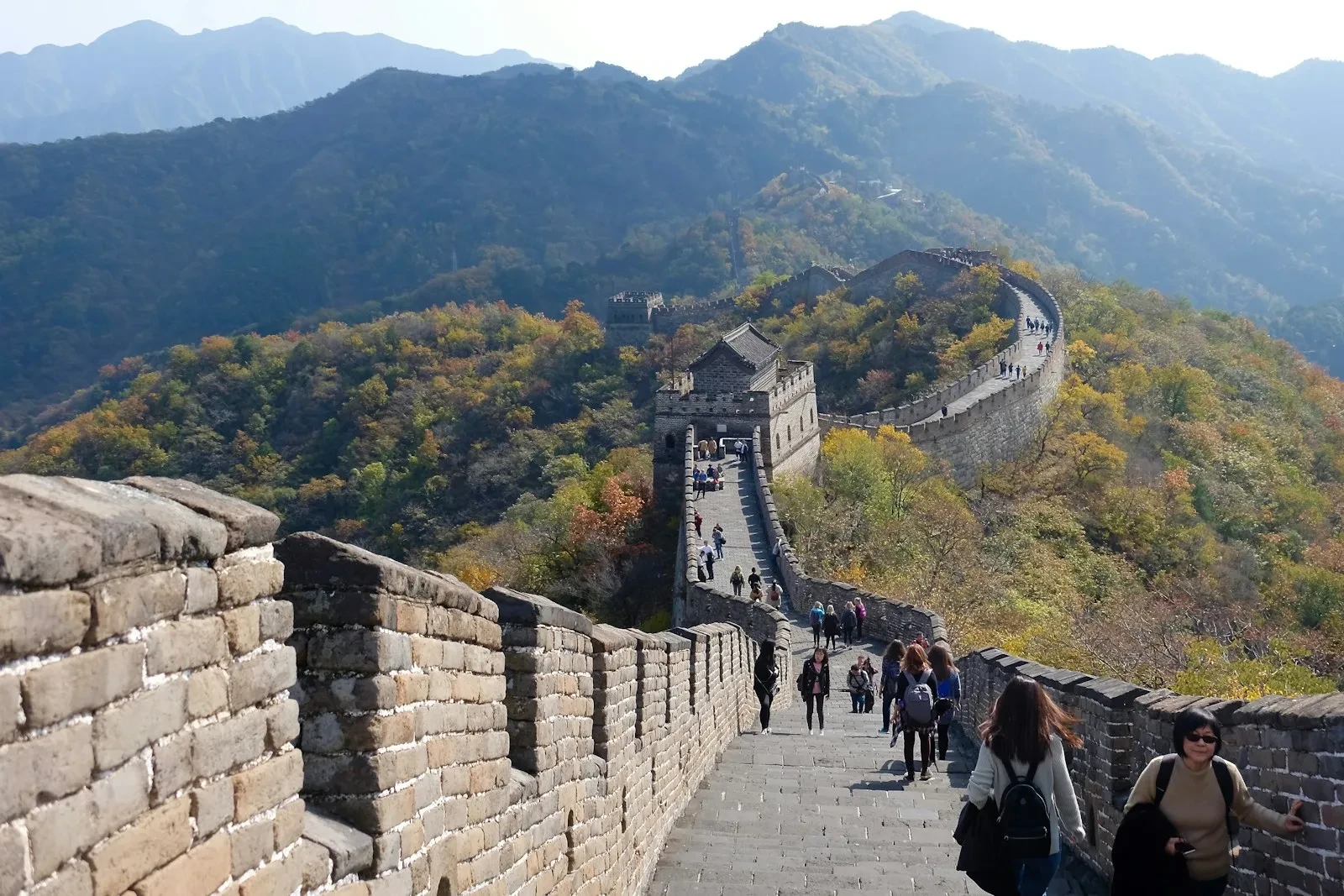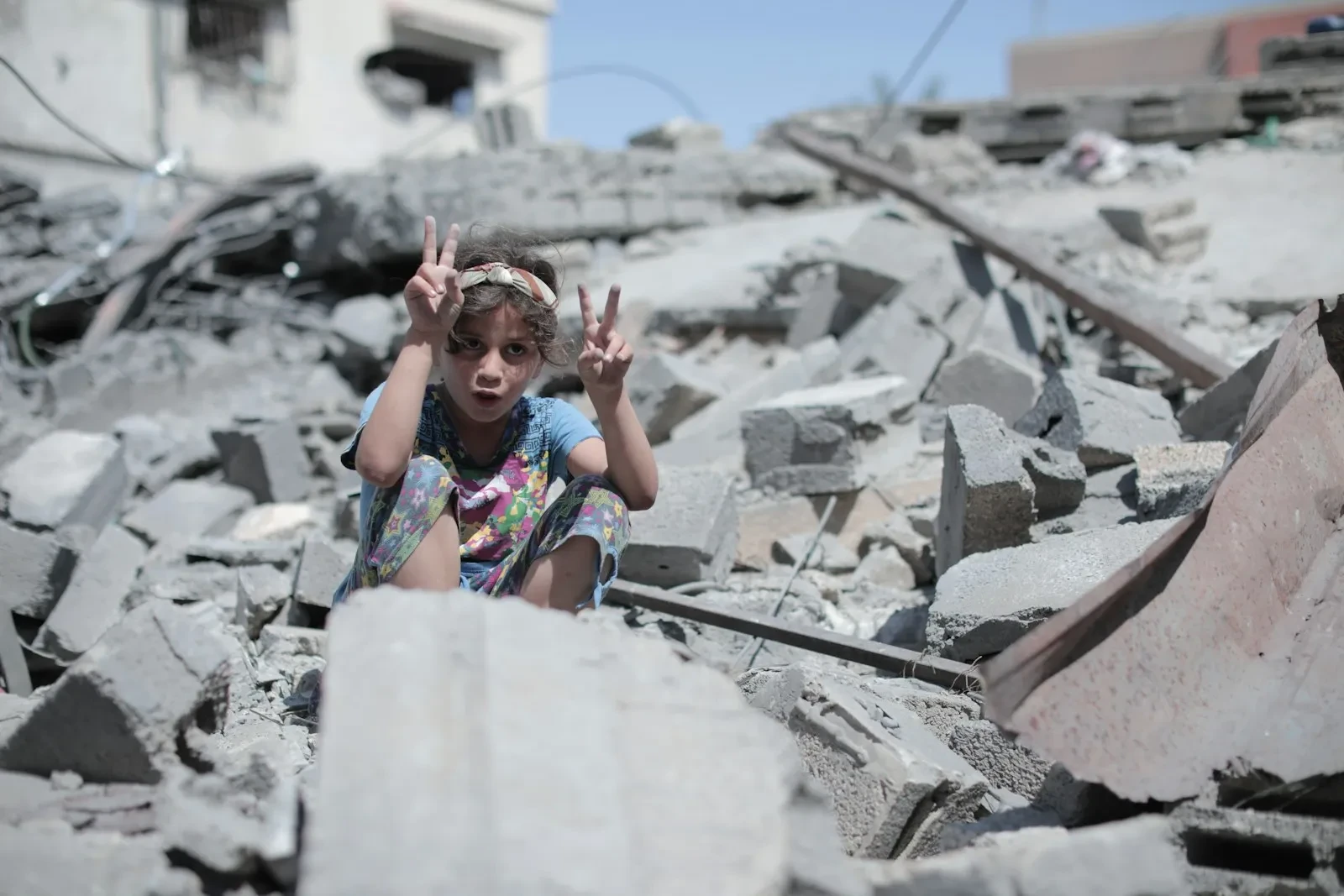jlk – Gentrification is a phenomenon that occurs when wealthy individuals move to previously less prosperous areas and remodel the environment according to their tastes and lifestyles.
For example, when slum areas on the outskirts of cities transform into elite neighborhoods with high-rise buildings, trendy cafes, and art galleries.
Or when traditional villages in rural areas turn into exclusive tourist destinations with luxury villas, expensive restaurants, and modern facilities.
You might think, “Well, gentrification sounds good, it can improve the prosperity and progress of the area.” Indeed, gentrification can have positive impacts, such as improving infrastructure, healthcare services, education, and economic opportunities.
However, gentrification can also have negative impacts, especially for the local residents who have lived in the area for a long time. What are the negative impacts? Let’s explore them together!
One of the negative impacts of gentrification is property price increases. When wealthy individuals arrive, they typically buy land and property at low prices and then sell them at high prices.
As a result, land and property prices in the area skyrocket, making them unaffordable for local residents.
Many local residents are forced to sell their homes or land, or even forcibly evicted, because they cannot afford the increased taxes or rent. They then have to find new, cheaper housing, which is usually further away and in worse condition.
Another negative impact is social and cultural changes. When wealthy individuals arrive, they bring new cultures and values that differ from those of the local residents. For example, they prioritize individualism, consumerism, and hedonism over collectivism, simplicity, and religiosity.
They are also more proficient in foreign languages, more open to differences, and more inclined to follow global trends, rather than speaking the local language, being more conservative towards traditions, and preserving local identity.
These differences can lead to tension, conflict, or even discrimination between local residents and newcomers.
So, how do we deal with this phenomenon of gentrification? Should we reject or accept gentrification? The answer is not black and white.
Gentrification is a complex and multidimensional phenomenon that can have various impacts depending on the context and perspective of each party. Therefore, we need to find fair and sustainable solutions that can maintain a balance between economic development and the preservation of cultural identity, as well as between the interests of the elite and the well-being of local residents.
One solution that can be implemented is property price protection policies, which can prevent extreme property price increases and maintain housing accessibility for local residents.
Additionally, the government also needs to develop training and skill development programs for local residents so that they can compete in an increasingly competitive job market.
Moreover, collaboration between newcomers and local entrepreneurs can also be an integral part of the solution, creating sustainable business opportunities.
That’s all for now Kisanak.












